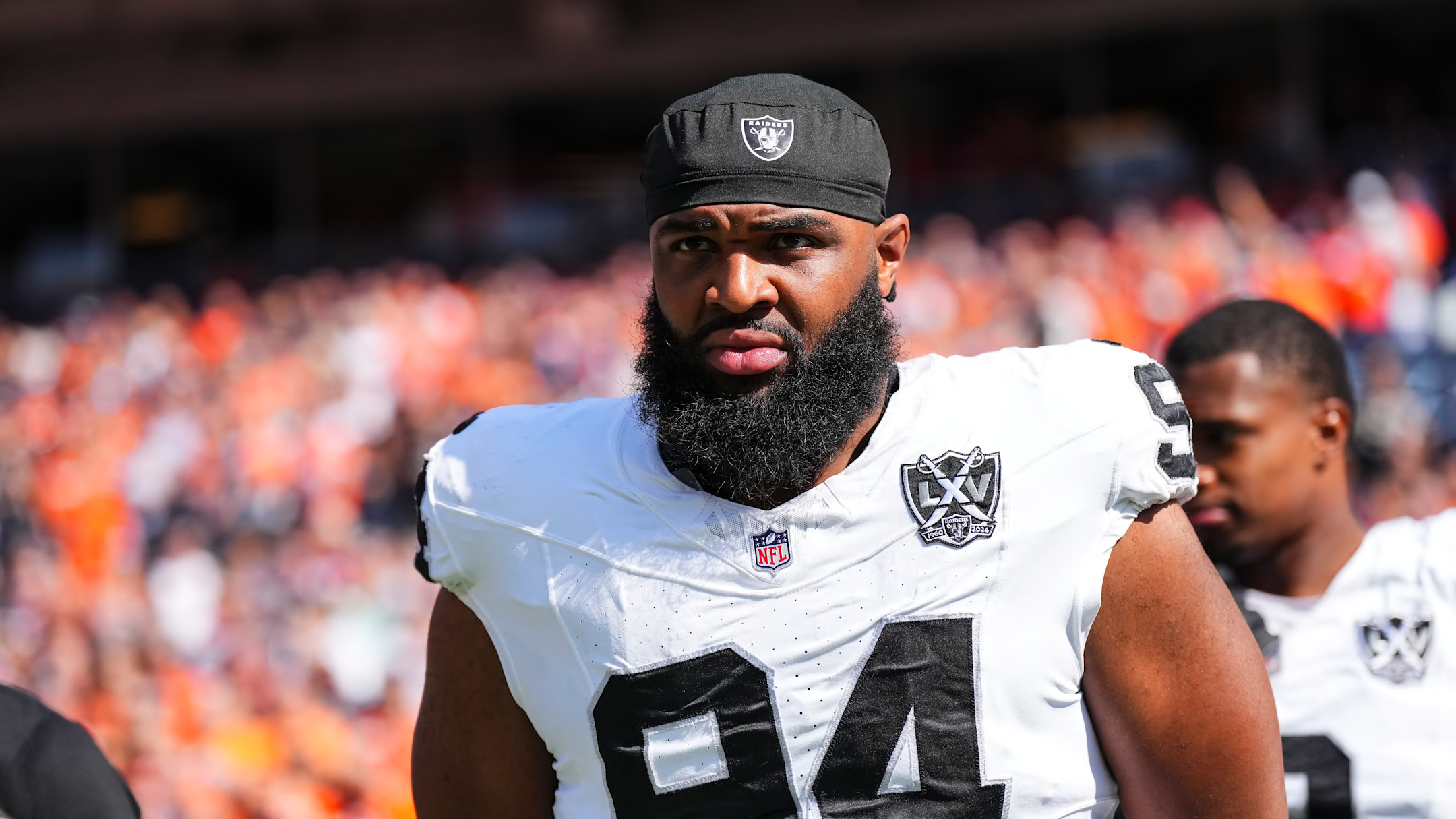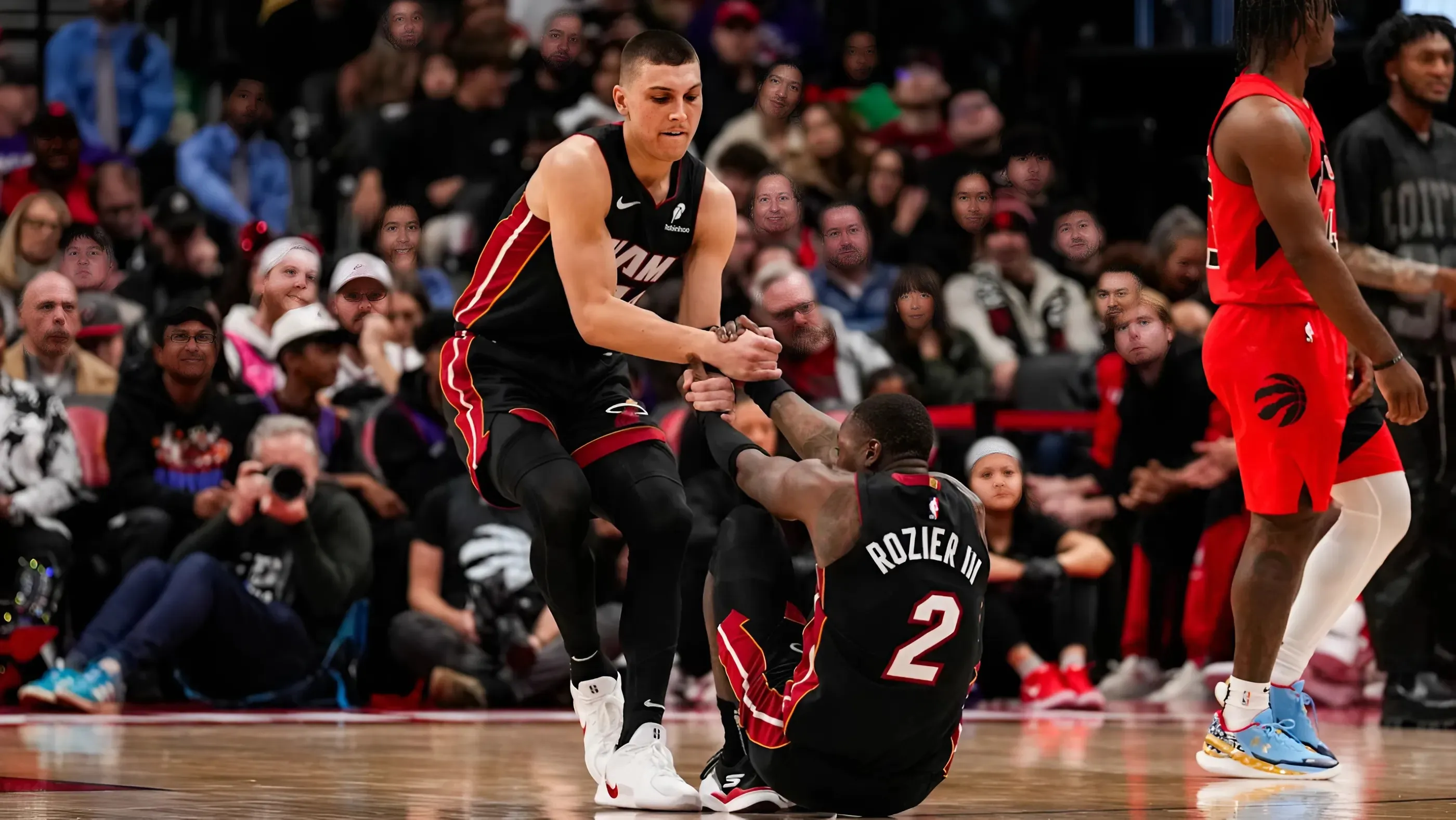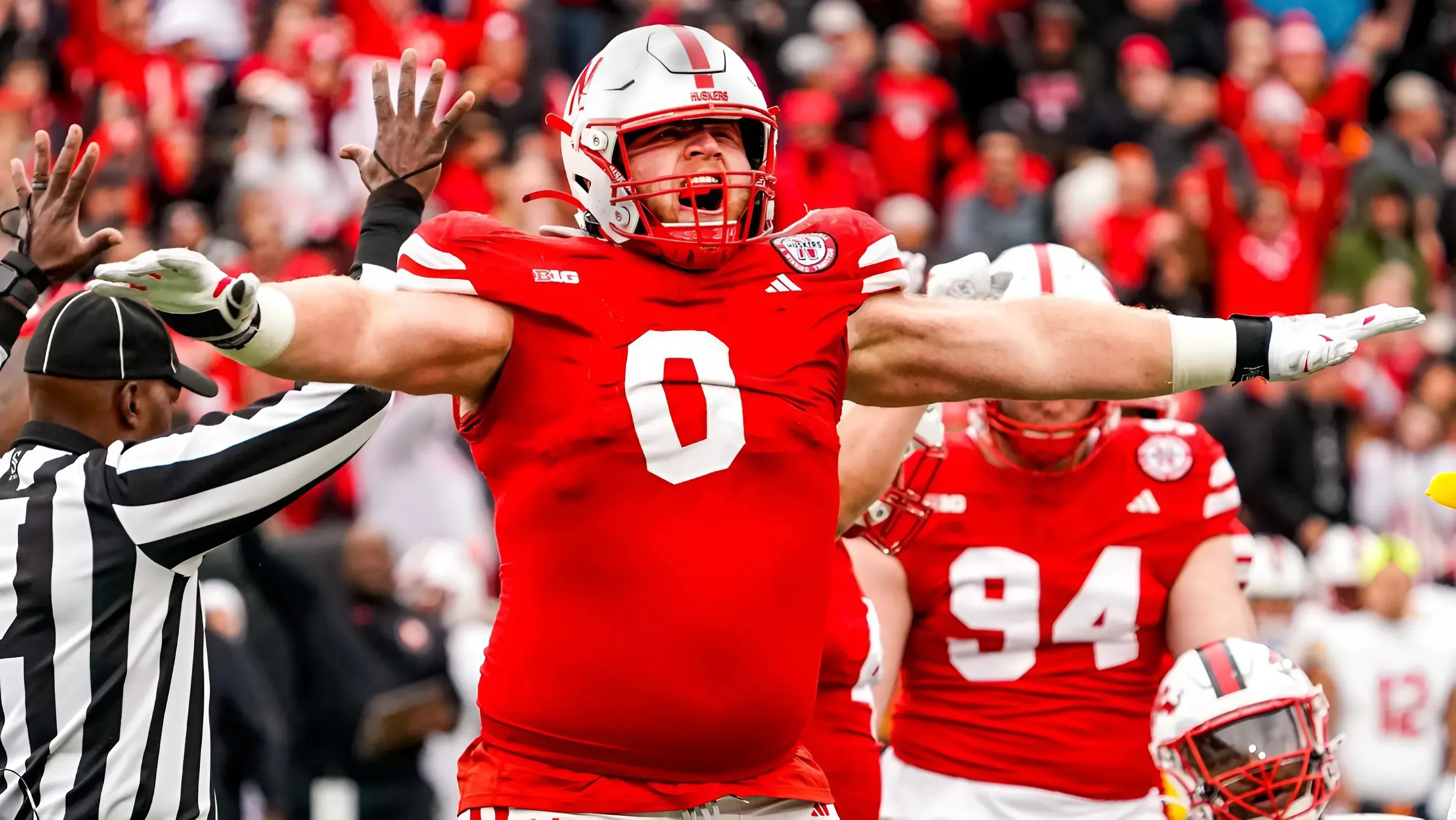Josh Stecklein pointed out that in the games where Alex Forsyth was playing center the Denver Broncos run game gained roughly 0.6 yards more per run. His data removed the QB runs.
/cdn.vox-cdn.com/uploads/chorus_image/image/73974130/usa_today_25202020.0.jpg)
As I have done in the past, I was planning to do a deep dive on the Bronco run game during the off-season (using the number of runs that gained X yards method - histogram if you will). That data is shown below (with the QB runs and the one run of 43 yards removed since it would be well off-scale). I will also try and take this opportunity to understand whether or not Alex Forsyth was that much better of a run blocker than Luke Wattenberg.
:no_upscale()/cdn.vox-cdn.com/uploads/chorus_asset/file/25915552/2024_DEN_run_game_histogram.png)
The Broncos had 49 runs that gained 4 yards - QB runs removed of course, which was their most for any gain distance. For the sake of clarity I have also removed runs by WRs. This data is just runs by Javonte Williams, Jaleel McLaughlin, Audric Estime, and Tyler Badie. I did not include the four runs by Blake Watson or the seven runs by Michael Burton.
So how many of those 370 RB runs were “successful”? That’s tough question because a run for one yard on 4th and goal from the one is a successful run, whereas a run for 1 on 4th and goal from the two is not. So without context it’s hard to say, but in general a run that gains 2 yards or fewer is not successful. The Broncos had 147 RB runs that gained two yards or fewer in 2024. So with 370 RB runs - 39.7% of them were not successful - using that criteria. Without looking at the rest of the league data, I can’t say whether that is bad or good, but it sounds pretty poor to me. 66 of those runs gained no yards or lost yards. Obviously, those runs were unsuccessful regardless of down or distance.
According to stathead.com, the Broncos had 74 run plays that gained nothing or lost yards. The was 14th fewest in terms of total run plays. Removing kneeldowns they only had 57.
| Team | 0 or worse runs | Actual 0 or worse (remove knldwn) | Total runs |
| KAN | 57 | 35 | 450 |
| NYG | 57 | 43 | 424 |
| CIN | 53 | 40 | 380 |
| DET | 76 | 57 | 534 |
| MIN | 75 | 50 | 457 |
| LAR | 66 | 51 | 450 |
| CAR | 56 | 47 | 410 |
| PHI | 101 | 75 | 621 |
| BAL | 81 | 67 | 554 |
| DEN | 74 | 57 | 461 |
| TAM | 73 | 60 | 483 |
| CHI | 66 | 54 | 431 |
| DAL | 63 | 54 | 429 |
| BUF | 82 | 62 | 491 |
| WAS | 80 | 67 | 526 |
| GNB | 79 | 68 | 526 |
| ARI | 69 | 60 | 463 |
| ATL | 78 | 65 | 495 |
| SFO | 73 | 65 | 457 |
| JAX | 68 | 61 | 414 |
| PIT | 94 | 80 | 533 |
| LAC | 91 | 70 | 463 |
| LVR | 69 | 58 | 380 |
| NWE | 78 | 70 | 446 |
| NYJ | 64 | 59 | 363 |
| NOR | 82 | 73 | 444 |
| SEA | 77 | 64 | 383 |
| IND | 93 | 83 | 496 |
| TEN | 81 | 78 | 450 |
| HOU | 91 | 78 | 434 |
| CLE | 78 | 74 | 391 |
| MIA | 115 | 108 | 448 |
The Broncos had a stuffed run rate of 12.4%. The Chiefs had the best in the league at 7.8% and the Dolphins had the worst at 24.1%, or triple that of KC.
Bronco RBs had 130 carries in the first five games and 29 of those runs were stuffed - 22.3%. During the games in which Alex Forsyth started at center (games 6 through 9), Bronco RBs only ran the ball 82 times but only 10 of those runs were stuffed (12.2%). In games 10-18, Bronco RBs ran the ball 158 times and were stuffed on 17.1% of those runs. In the absence of anything else, this would be pretty damning to Luke Wattenberg in terms of his run blocking. So let’s look at those four games where Forsyth started to see if there is any needed context.
Games six to nine were the loss in Denver to the Chargers, the wins over the Saints and the Panthers and the blowout loss to the Ravens. The Broncos ran the ball: 18, 35, 32 and 30 times in those four games. That’s 115 rushing plays, but only 82 of those were by RBs and five those were QB kneels. The Ravens finished the season with the best run defense in the league while the Chargers (27th), Saints (31st) and Panthers (32nd) were three of the worst.
So outside of the game against the Ravens, Forsyth had a much easier time (based defenses faced) than Wattenberg had. It should be noted that the Broncos ran the ball effectively against that Ravens, but most of that was in garbage time after the game had become a blowout.
In terms of number of runs, Bronco RBs ran the ball 26 times per game in the first five games, 20.5 times in games 6-9, and only 17.6 times per game in games 10-18.
The Bronco RB histogram broken down into these three blocks is below.
:no_upscale()/cdn.vox-cdn.com/uploads/chorus_asset/file/25915782/2024_DEN_run_game_histogram_by_game.png)
The orange line is the games that Forsyth started. You can clearly see that the histogram is shifted to the right relative to the other two game blocks where Wattenberg started. I did not scale these (by converting to percentages) which is why I gave the % 0 or less in the paragraph above. I am not sure how much of that has to do with the defenses that were being faced and how much of that has to do with the blocking of AF relative to LW.
For what it’s worth, PFF ranked AF as a much better run blocker than LW. AF got a run blocking grade of 67.3 while LW got a run blocking grade of 56.9. LW’s run blocking rank was 41st of 64 centers who had enough snaps to qualify. AF’s was 20th of 64.
For those who are interested I can do a follow-up where I compare our three main RBs from 2024 to see what their histograms look like. Let me know in the comments if you wish to see that.



